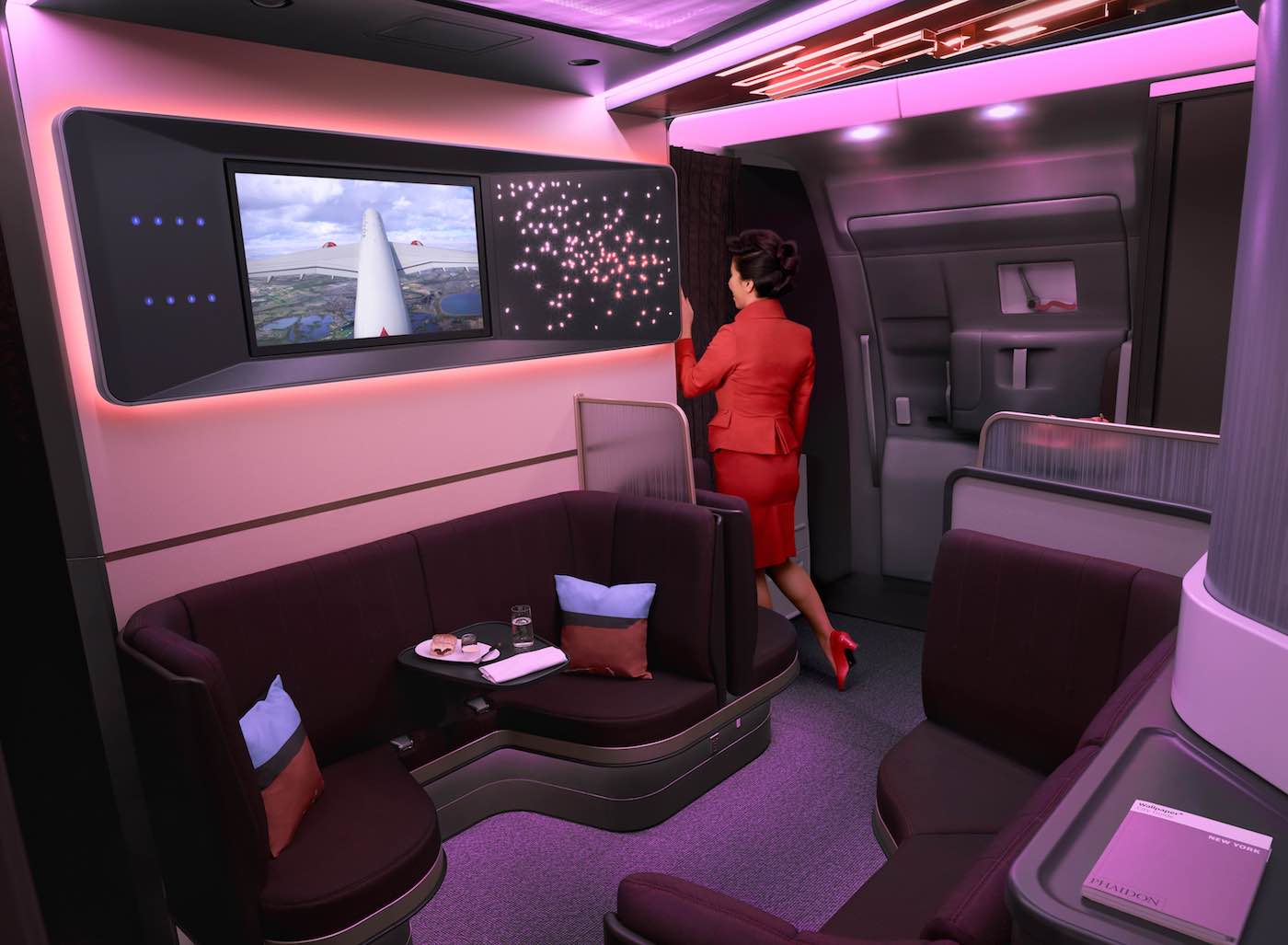
In-flight entertainment and connectivity (IFEC) is both a revenue driver and an important element of the passenger experience, Mark Cheyney, In-flight Connectivity Development Manager for Virgin Atlantic, said during a Connected Aviation Intelligence webcast session on Feb. 25.
“So much of our lives now are digital and you can’t escape that,” Cheyney said. “And whether you like it or not, you just can’t escape it.”
Cheyney said that customers see in-flight connectivity as a basic need and for now Virgin Atlantic is viewing it as a revenue driver.
“It’s a very interesting subject,” Cheyney said. “For now, it drives revenue. It creates revenue for us and that’s very valuable revenue for now. But we obviously have to provide it though because it is such a, I don’t want to say it’s like a basic need but it’s kind of almost is a basic need of our customers now is that they want to be connected. So you know we have to provide that to them and provide that service there. But we do see it as a revenue driver for now.”
Virgin Atlantic uses three different providers: Panasonic, Gogo, and Inmarsat. The 787s and A330s use Panasonic, and Gogo, and the A350s feature Inmarsat’s GX Aviation connectivity system, Cheyney said.
COVID-19’s impact on the U.K. was reflected by a number of fleet, leadership and operational changes enacted by the Heathrow-based airline. In December, a one-day ceremony for the final retirement of their last in-operation Boeing 747, a fleet that is being replaced by newer A350-1000s and Boeing 787-9s.

Mark Cheyney, Virgin Atlantic’s in-flight connectivity (IFEC) development manager.
New leadership appointments by the airline include Estelle Hollingsworth as Chief People Officer and Oliver Byers as Chief Financial Officer (CFO) on Nov. 24.
“I think the good thing about having multiple connectivity providers is that you see different takes on kind of connectivity if that makes sense,” Cheyney said. “If you’re with one provider you can only really see it one way, but if you have multiple providers, you can kind of educate yourself…what’s better and improve not only product offerings but ways of working and moving forward.”
Across its multiple connectivity providers, Virgin has kept a similar pricing structure that it charges for access to Internet connected devices and applications. On most routes, passengers pay £8.99 per hour or a set amount for the entire flight that can range from £20-30 depending on the length of the journey and type of service or applications being used.
Passengers are also able to make calls or texts for standard roaming fees charged to their home cellular network operator by AeroMobile, which is featured on all Virgin flights. Cheyney said he has seen a rise in messaging apps versus the use of social media for customer use during flights.
“Surprisingly real-time communications or messaging services like WhatsApp, Signal, iMessage, those kinds of services have really taken a spike, where in some cases they’re outstripping data consumption of say social media like Facebook and Twitter, which I think kind of shows people want to be connected and stay a bit more connected than just kind of beyond a typical Instagram photo or Facebook post,” Cheyney said.
Virgin Atlantic is part of the Seamless Air Alliance which is an industry-wide acceptance of standards for in-flight connectivity, Cheyney said. These standards would enable an open in-flight connectivity architecture and benefit hardware systems, interoperability, and new technology. They would also give customers the best in-flight internet consistently, create a common roaming framework, and provide a greater range of products available.
“We’re moving as fast as we possibly can to get ourselves there because we see the overall benefit,” Cheyney said. “What can airlines do to drive that open IFC architecture, and that’s simply in the requirements that we spec when we’re procuring new IFC or new IFC services for new airlines or retrofit programs if we all get behind this as an industry and say this is the way we’re going, this is what we believe in, and this is what we want to do.”